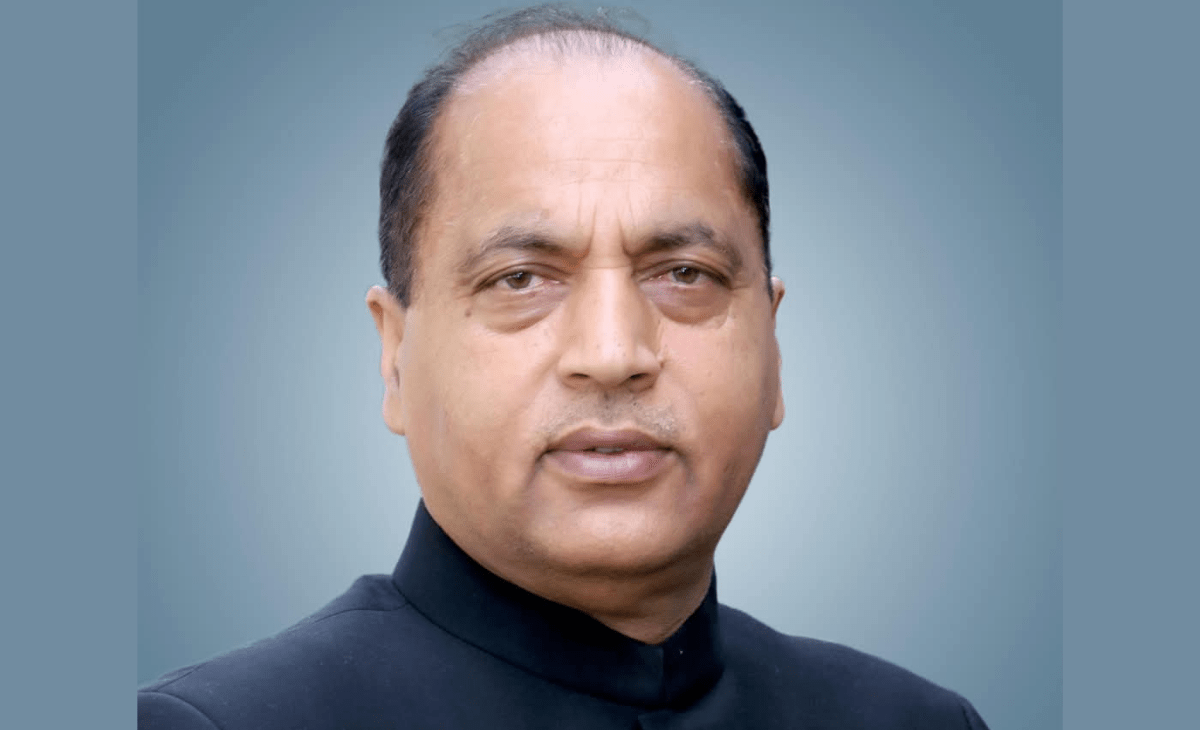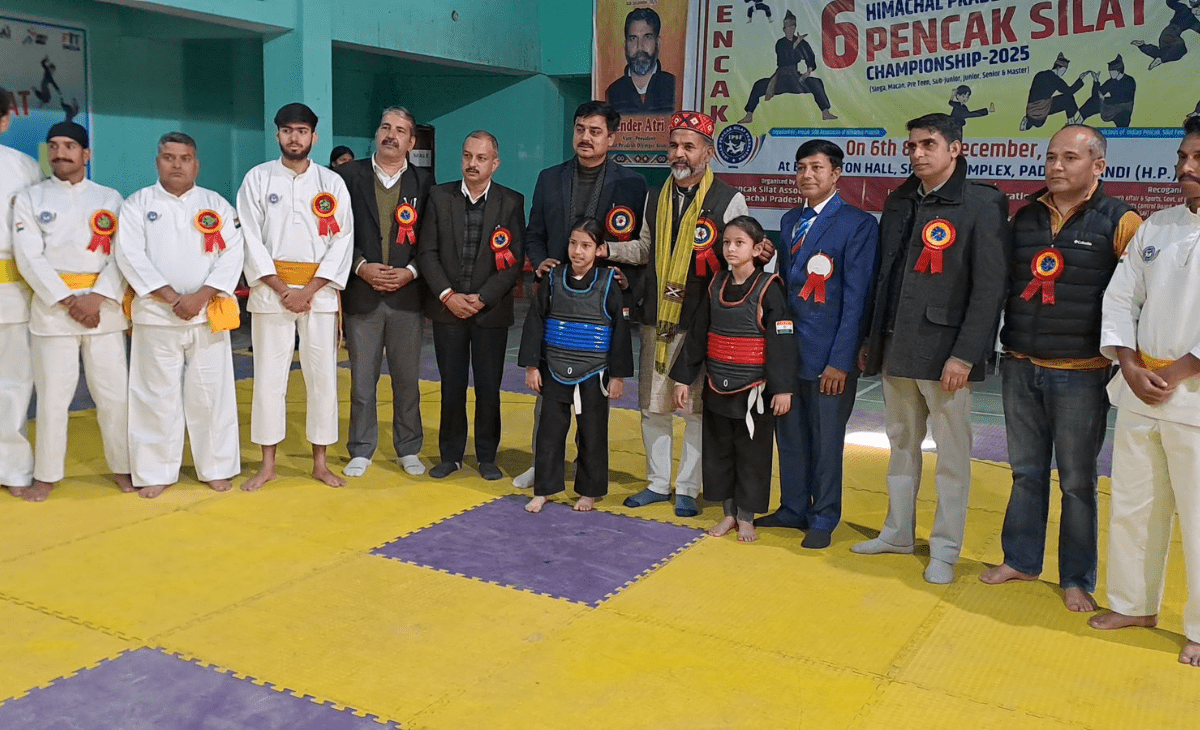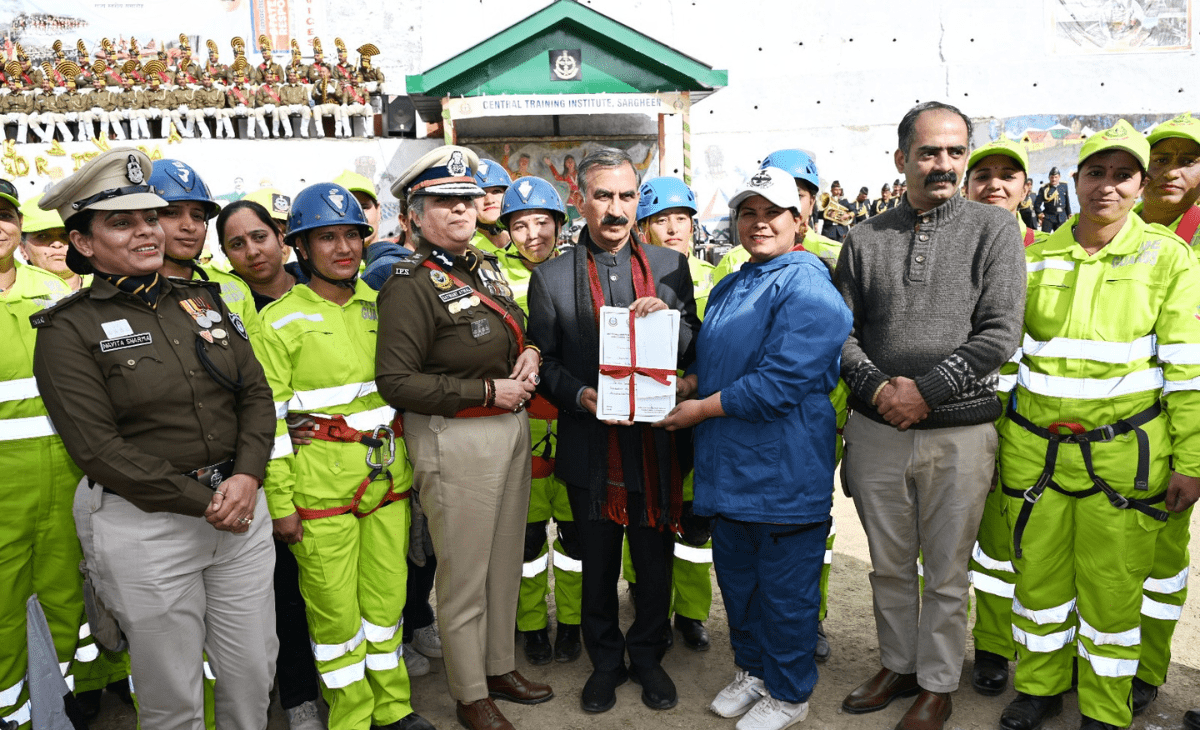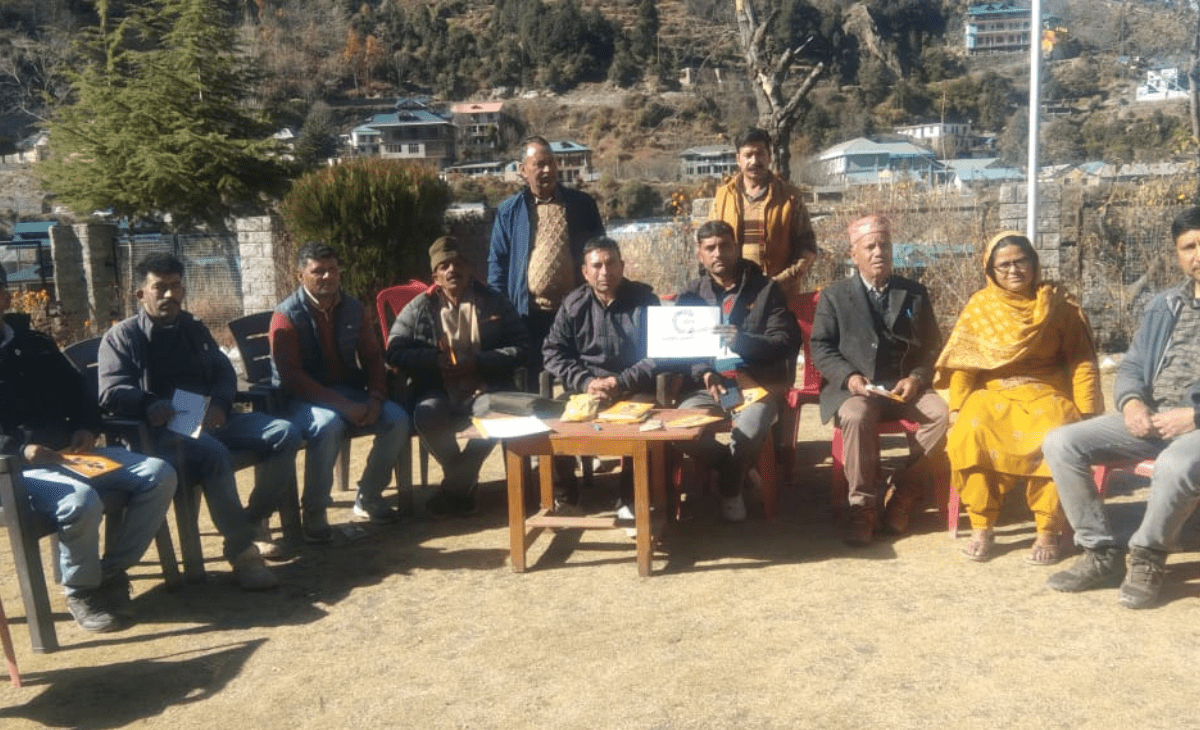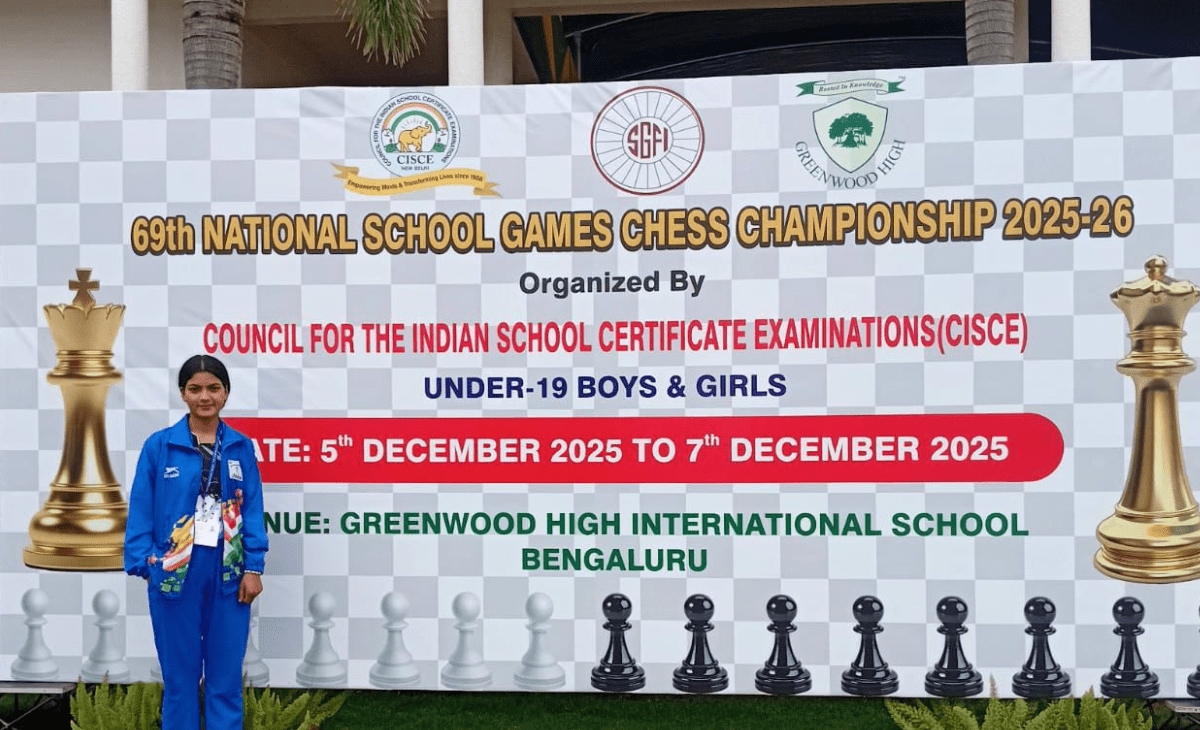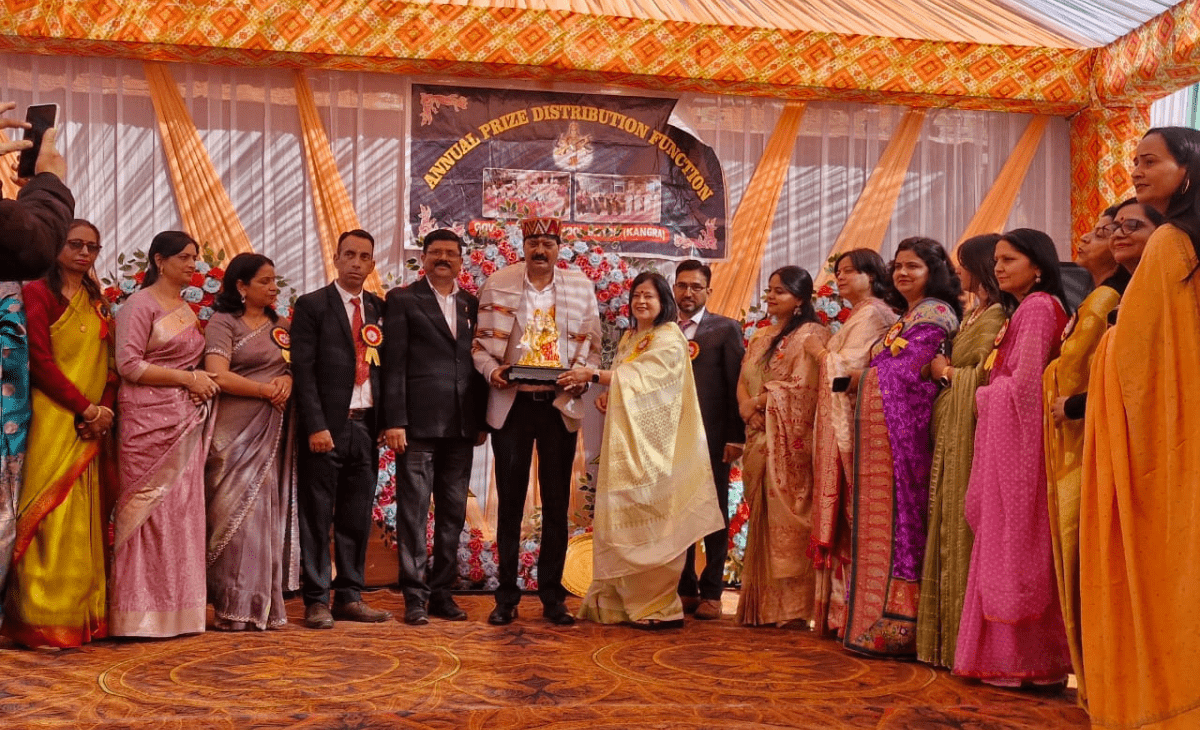Himachal Pradesh is reeling under an unusual spell of heat, with mercury crossing 30°C in 14 towns across the state in the first week of April itself.
Una has emerged as the hottest location with the temperature soaring to 36.8°C. Several towns, including Shimla, Manali, Bhuntar and Kalpa, are witnessing temperatures 6 to 7 degrees Celsius above normal, signalling the onset of an early and harsh summer.
The average maximum temperature across the state is currently 4.6°C above the seasonal norm.
Heatwave alert issued for four districts
The Meteorological Department has issued a yellow alert for heatwave conditions on Tuesday in parts of Kangra, Kullu, Mandi and Solan districts.
Hot and dry winds are expected to affect isolated areas in these districts, especially during daytime hours, making outdoor activities difficult and potentially hazardous. A further rise in temperature is likely in these areas, exacerbating heat-related discomfort.
Rain, storm forecast from Wednesday may bring relief
A western disturbance is expected to become active from Wednesday (April 9, 2025), which may bring temporary relief from the rising heat.
The Met Department has predicted rain, thunderstorms and gusty winds in districts like Chamba, Kangra, Kullu and Mandi till April 12. This could pull down temperatures slightly and offer respite to residents battling early summer heat.
Health risks and precautions during heatwave
Prolonged exposure to heat can lead to dehydration and pose serious health risks, including fluctuations in sodium and potassium levels that may affect the heart and nervous system.
Symptoms like weakness, headache, vomiting, excessive sweating, dizziness and muscle cramps are indicators of heat-related illnesses.
In such cases, medical attention should be sought immediately. People are advised to stay hydrated, wear loose cotton clothing, avoid outdoor exposure during peak heat hours and carry water while travelling. Consumption of ORS, avoiding intoxicants and preferring high-protein meals are also recommended as preventive measures.
Sunil Chadha




